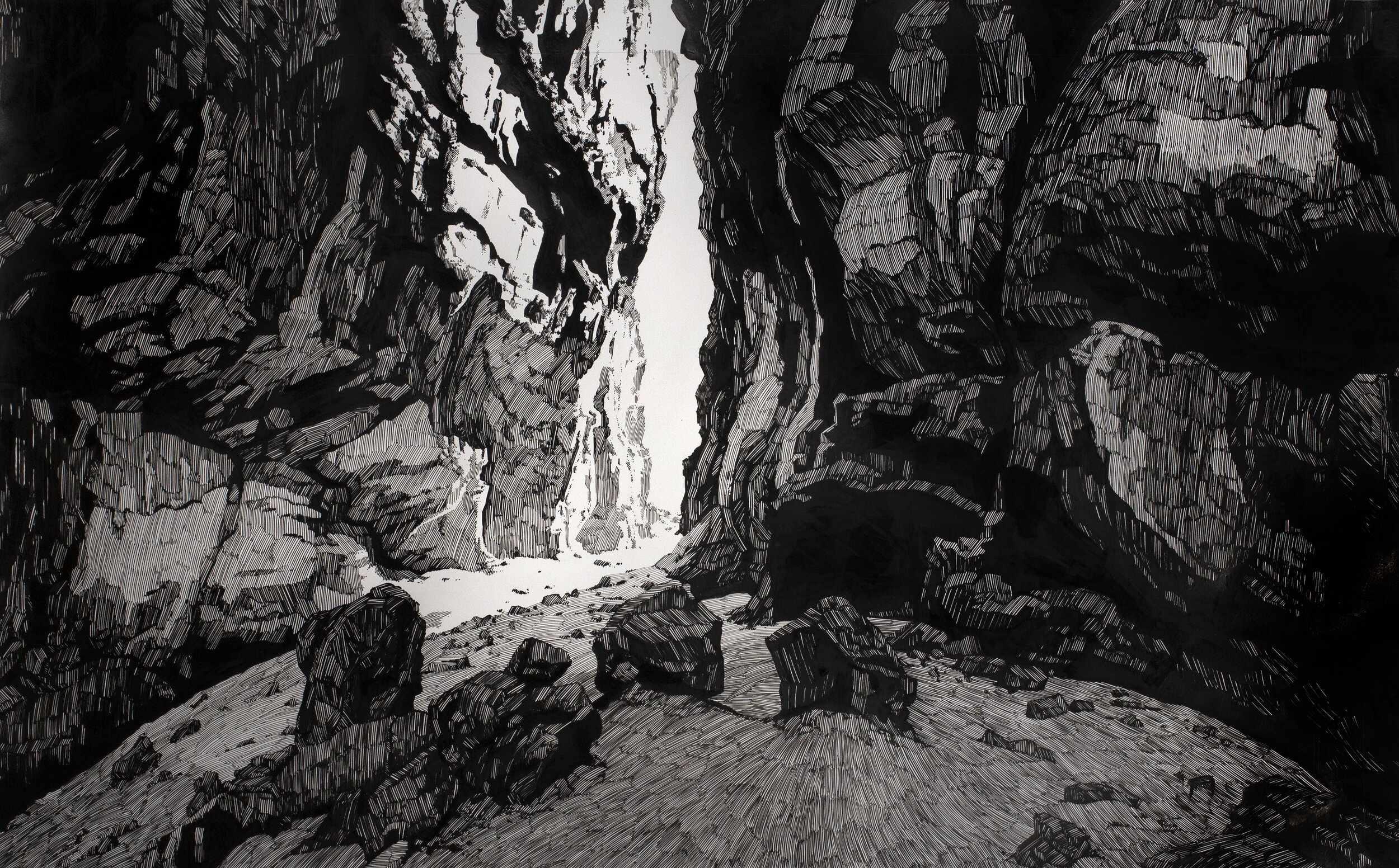
Gross Domestic Products
“For complex reasons, our culture allows ‘economy’ to mean only ‘money economy.’ It equates success and even goodness with monetary profit because it lacks any other standard of measurement. I am no economist, but I venture to suggest that one of the laws of such an economy is that a farmer is worth more dead than alive. A second law is that anything diseased is more profitable than anything that is healthy. What is wrong with us contributes more to the ‘gross national product’ than what is right with us.”
-Wendell Berry
It is no secret that financially speaking, a tree is worth more dead than alive. The landscape is more valuable when it is developed than when it is allowed to lie fallow and return to nature. Indeed, the phrase “return to nature” conjures images of crumbling buildings and infrastructure overgrown by deep green, leafy vines. It recalls photos in the New York Times of shaggy coyotes trotting down city streets left eerily empty by the 2020 covid 19 lockdowns. These recollections are disquieting, faintly dystopian; where has everyone gone to? We picture an environment teeming with wild animals, buried in plant life, but devoid of people. How, instead, can we work to envision an environment in which there is a mutual flourishing of people, flora, and fauna?
When our culture considers the ways in which something is valuable it is first associated with use or preciousness, then it is often reduced to being considered according to monetary value. We lack a system of understanding or assigning more altruistic or intrinsic values to the organic world. The work in this show addresses the commodification of nature and the environment through portrayals of landscapes threatened by industrial development and sculptures that blur the line between organic and artificial. Rather than make a succinct statement, this exhibition is an exploration of the increasingly paradoxical relationships between the made and the grown, the precious and the devalued, the synthetic and the symbiotic.
Eleanor Sabin Artist Talk








